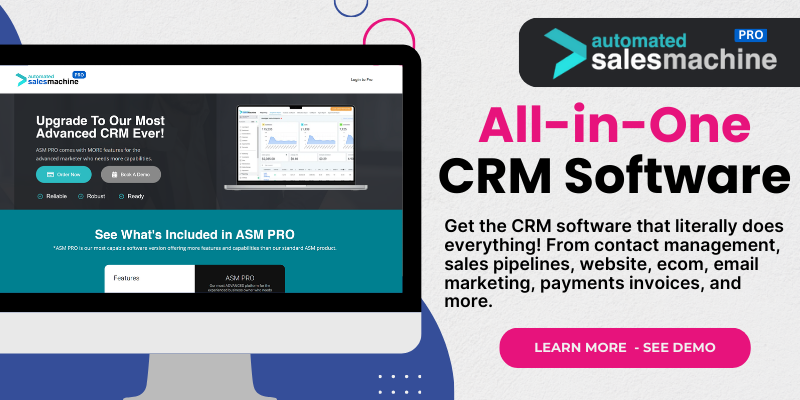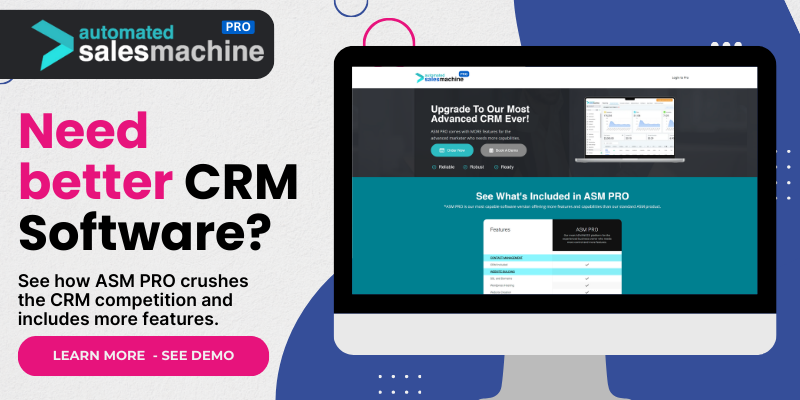Understanding CRM Software in Banking
What Is CRM?
Alright, let’s start from the top! Customer Relationship Management (CRM) software is all about managing a company’s interactions with current and potential customers. Think of it as the digital Swiss Army knife for banks – it helps streamline processes, improve relationships, and boost profitability. With banking being all about relationships, having the right CRM can make or break the game.
In my experience, a great CRM isn’t just a tool; it’s like having a dedicated team member who knows everything about your clients, their preferences, and their needs. This means fewer mistakes and better customer service, right at the fingertips of your employees. Seriously, who wouldn’t want that?
Moreover, with the financial sector continuously evolving, CRM systems have adapted to include features specific to banking, like compliance tracking and risk management. Banks need these tailored solutions to thrive and keep customers happy, which brings us to our next point!
Top 6 CRM Software Options for the Banking Sector
Salesforce Financial Services Cloud
Salesforce is an undisputed leader in the CRM space, and the Financial Services Cloud is specifically tailored for the financial sector. This CRM provides personalized client experiences and helps manage various banking processes smoothly and effectively.
I’ve seen firsthand how Salesforce integrates seamlessly with other financial systems, which makes it a game changer for data management. The customizable dashboards and reporting features are particularly impressive, allowing banks to analyze customer interactions and adapt their strategies accordingly.
Plus, their customer support is phenomenal. Banks can rely on Salesforce to not only provide a tool but also to support them throughout the process with training and continuous learning resources.
HubSpot CRM
When I first stumbled upon HubSpot, I was blown away by how user-friendly it is. HubSpot CRM is free to start and has various features that are beneficial for banks looking to elevate their customer service. In banking, where interactions can be complex, having an intuitive interface can save a lot of time.
What really sets HubSpot apart is its marketing automation capabilities. The ability to run targeted campaigns while managing client interactions? That’s a win-win! Banks can nurture leads and keep existing customers engaged without much hassle.
The integration with other tools also means it can grow alongside your bank’s evolving needs. So whether you’re a small community bank or a larger institution, HubSpot could be an incredibly valuable asset.
Zoho CRM
Zoho CRM is another gem worth considering. I appreciate how flexible it is—banks can tailor it to their specific needs, which is crucial in the fast-paced banking world. Plus, the price point is appealing, especially for smaller banks looking to keep costs down.
One thing I’ve noticed is its automation features; they can really lighten the load for your team. Tasks that usually take up time can be automated, which means more focus on building relationships with clients. And let’s be real, that’s where the magic happens!
With the built-in analytics, you can keep track of your sales pipelines and customer interactions easily. Zoho allows you to make informed decisions based on real-time data, which can significantly boost efficiency.
Microsoft Dynamics 365
For larger banks, Microsoft Dynamics 365 is a powerhouse CRM solution. Its integration with other Microsoft products is a significant plus—if your team is already using tools like Excel or Outlook, they’ll slide right into using Dynamics without missing a beat.
What I find particularly beneficial about Dynamics 365 is the AI capabilities. Imagine having predictive analytics that can forecast customer behavior and trends. It’s like having a crystal ball at your disposal! You can anticipate needs before they even arise, enhancing the customer journey in ways many other CRMs simply can’t.
Plus, with security being paramount in banking, Microsoft’s extensive security measures ensure that your customer data is protected. That peace of mind is priceless.
Fusion CRM
Fusion CRM might not be the biggest name around, but it’s wicked effective. I love its focus on customer engagement and the banking sector specifically. It offers features that are designed to meet the unique demands of financial institutions.
What I find most useful are the compliance tracking features. In banking, staying compliant isn’t just a preference; it’s a must. Fusion CRM has made navigating these waters simpler for banks, which is definitely a relief.
And let’s not overlook their customer support. From my experience, Fusion offers solid customer service and is always looking to improve based on user feedback. If you want a CRM that’s evolving with the industry, this one should be on your radar!
Wrapping Up: Choosing the Right CRM
Assessing Your Needs
Choosing the right CRM isn’t just about features; it’s about finding what aligns with your bank’s unique needs. Each institution has different priorities, whether it’s compliance, customer engagement, or sales automation.
I recommend a thorough assessment of what your bank currently uses and what gaps need to be filled. Talk to your team about the challenges they face daily; trust me, their insights can be gold when selecting a CRM.
And while you’re at it, think about integration capabilities. You don’t want a CRM that’s going to clash with your current systems. The smoother it integrates, the better it’ll serve your bank’s overall strategy.
Consider Future Growth
Look, the banking world isn’t static. I can’t stress enough how important it is to think about the future when choosing a CRM. As your bank grows and the market evolves, your CRM should be able to adapt to new trends and demands.
This means opting for a solution that’s scalable. You want something that can grow alongside you, which minimizes multi-system management headaches in the future. I’ve seen too many firms regret not planning ahead—don’t let that be you!
Opt for a CRM with strong analytics and reporting features. They’ll allow you to track progress and adjust your strategies as needed. After all, staying ahead of the curve is key in banking.
Budgeting for the Investment
Finally, let’s be real; budget matters! Investing in CRM software is a commitment, so you’ll want to establish a clear budget before making any moves. Understand the costs involved and analyze potential ROI.
Also, don’t overlook the value of training. Getting the most out of your CRM means everyone needs to know how to use it effectively, which might come with additional costs. But trust me, it’s worth every penny if it means better customer interactions.
Always remember: a good CRM is an investment in your bank’s future. Do your homework, weigh your options, and pick the one that sings to your needs and vibe.
FAQ
1. What is the best CRM for small banks?
HubSpot CRM is often considered one of the best options for small banks due to its free tier and user-friendly interface, making it easy for smaller teams to navigate.
2. How much does CRM software typically cost?
The cost can vary widely depending on the features and the number of users, ranging from free options to several hundred dollars per month for more advanced systems. Always check for hidden fees!
3. What features should I look for in a banking CRM?
Look for features like customer engagement tools, compliance tracking, automation capabilities, and robust reporting and analytics functions. These are crucial in the banking sector.
4. Can CRM software help with compliance in banking?
Absolutely! Many CRM systems, like Fusion CRM, include specific features for tracking compliance, which can save a lot of headaches and ensure you stay on top legally.
5. How long does it take to implement a CRM in a bank?
The implementation timeline can vary based on the system and the bank’s size. Typically, it can range from a few weeks to several months, especially if training is involved. Patience is key!

